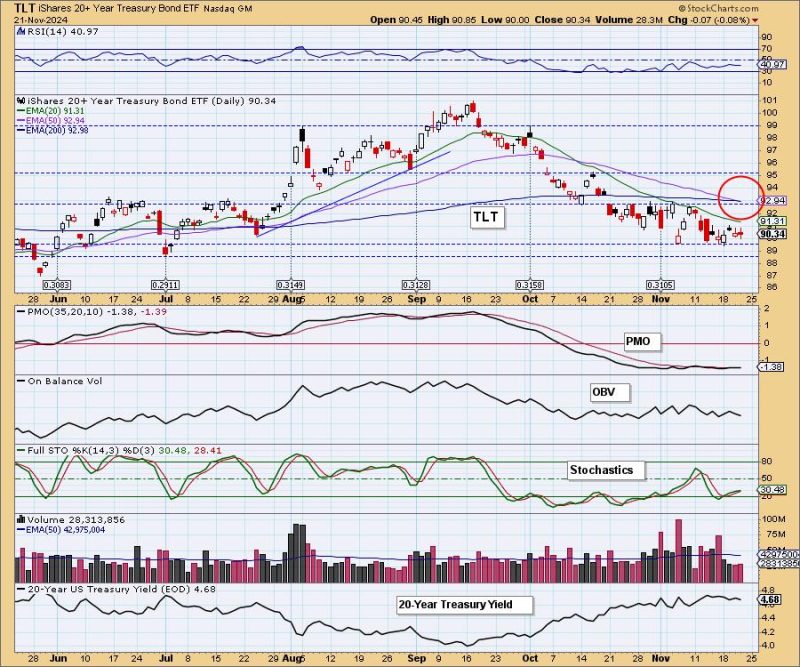Historically, securities traders have used technical analysis and charting techniques to predict the future direction of prices. One technique that has gained prominence due to its striking accuracy is the Death Cross. This occurs when a short-term moving average crosses below a long-term moving average, signifying a potential bear market.
Now, let’s delve into what exactly a ‘Death Cross’ means: It is a technical chart pattern indicating the potential for a major sell-off. It appears on a chart when a stock’s short-term moving average crosses below its long-term moving average. Typically, the most common short-term averages used are the 50-day and the 200-day moving averages. Analysts and investors interpret this bearish signal as marking the beginning of a significant downward movement.
In the context of bonds, a death cross might suggest that prices are set for a period of sustained decline. As the bond market is often viewed as a safe haven for investors during volatile periods, a sell signal in this market can indicate a belief that there is more risk on the horizon.
For investors and analysts, recognizing a death cross signal within the bond market is essential as it can lead to strategic financial decisions. It can urge investors to reduce their bond holdings to mitigate the potential negative impact of expected declines in bond prices.
Furthermore, this signal may cause investors to move their focus towards other investment avenues like stocks, commodities, or real estate. It’s imperative to note that while bonds generally offer lower returns compared to stocks, they tend to be less risky. However, a death cross sell signal can turn this conventional wisdom on its head, making bonds a potentially risky venture in a bearish market.
When it comes to the broader economic picture, a death cross sell signal in bonds can indicate potentially larger economic issues. Bonds tend to be closely linked with interest rates – when bond prices go down, interest rates go up. Higher interest rates make it more expensive for businesses to borrow money, potentially slowing economic growth.
However, it is worth pointing out that the death cross is not a definitive indicator of financial doom. Indeed, at times, it can give a false signal. For instance, a death cross appeared in the S&P 500 in 2018, but instead of a prolonged bear market, prices rebounded within months. Therefore, while it investors should heed the death cross, they should also consider it in context with other market indicators and their own risk tolerance.
In the field of bonds and investment, the death cross sell signal signifies a momentous event that could influence the strategies of investors and traders. It prompts a broad reassessment of investment portfolios and demands agility from investors. It’s essential to monitor market signals constantly and be prepared to adapt strategies whenever necessary.
Therefore, upon spotting a death cross on bond charts, investors should evaluate their portfolios and investment strategies carefully. Regardless of the concerns it might create, it provides an opportunity for investors to demonstrate their flexibility and resilience in the face of changing market circumstances. Remember, the best investors aren’t those who avoid risks, but those who understand and manage them proficiently.
